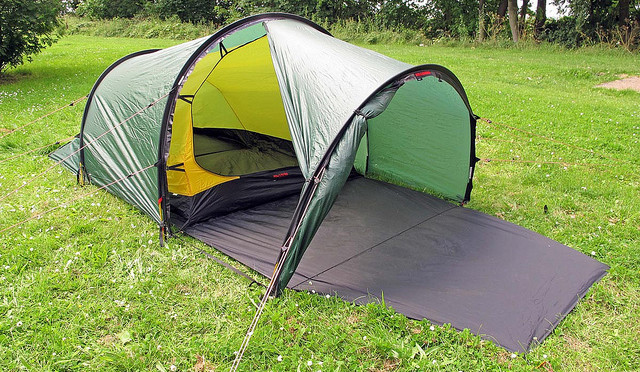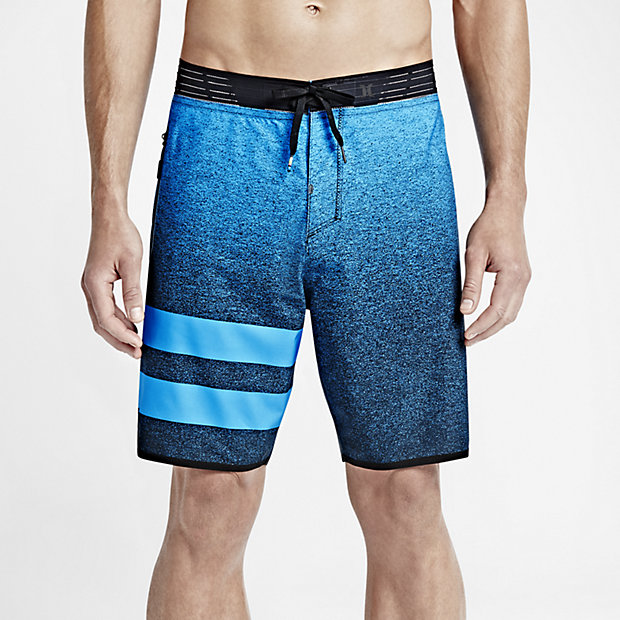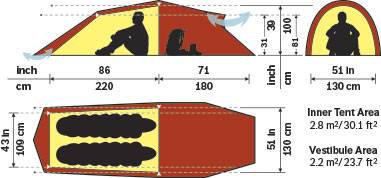This is the last chapter in a four part series about the gear and equipment that I use for solo, self-contained touring on a recumbent trike. Part I talks about the trike and the components that make up its drive train. Part II discussed the accessories I’ve added to the trike to enhance my safety on long tours in unfamiliar places. Part III examines the racks and packs used to carry a large load of personal belongings along with my on my adventures.
In this last episode of the series, I’ll discuss the things I take along with me on the tours to make myself comfortable and confident along the way.
Toolkit: Because shit happens
I have spent an enormous amount of time, money and energy making my trike as reliable and trouble-free as possible. There is very little that can go wrong with the trike. But still, it’s a good idea to be ready. If the bike does break down when I am many miles from home, I need to fix it – at least well enough so that I can ride to the nearest bike shop. To that end, I am packing a small tool kit containing the most essential repair items
- Spare tubes. It true that my existing tires are really flat-proof, but still flats can happen.
- The tools necessary to change the tube. Also, a patch kit, so I can fix the bad tube and use it again.
- Wrenches and hex drivers to fit every nut and bolt on my trike. There are actually only 4-5 different sizes, so this is not as big a burden as it sounds.
- A couple of extra chain links, in case of a chain break. Also a chain tool to break/reassemble a chain link

Topeak Alien II multi-tool – contains most of the tools I need to carry around for emergency repairs - Spare brake pads
- A FiberFix emergency spoke. I used to just carry spare spokes, but my wheels use two different lengths of spokes, so its easier to pack this little gem.
- A spoke wrench
- A tire pump. Can also be used to inflate the sleeping pad!
- A shock pump to keep my rear shock inflated properly
- A tire pressure gauge
- Some chain lubricant
- Spare shift buttons for the Schlumpf Drive. These things seem to fall off all the time – I’ve been through four of them in two years – but they are cheap and real easy to put on.
Clothing
Dressing on a bike tour is easy. I don’t need to get dressed up for anybody, and I don’t care too much how I look, so I can bring a minimum of clothing.
- Shorts. I have experimented with lots of different cycling clothing. The fancy spandex bike cloths that upright cyclists wear offer no advantage to the recumbent tourist. The padding is not needed on a recumbent, and the skin-tight spandex doesn’t make me go any faster. I have found that the most comfortable shorts for me are board shorts – the kind made by Hurley, Bilibong and the other surf shop manufacturers. They are very comfortable, they look OK, they dry really quickly if they get wet, they are lightweight and they pack into almost no space.
- Tops. I wear tops made from thin material that will wick moisture away from my body. I like the ones made for runners and hikers from Nike and Arcteryx. The have the same qualities as the board shorts.
- Cycling shoes. I already told you about my shoes. I’ve had them forever. There are comfortable and I don’t intend to change them until they fall apart around my feet.
- Socks, I use cycling socks (just low, thin, athletic socks) sold by a place called The Sock Guy.
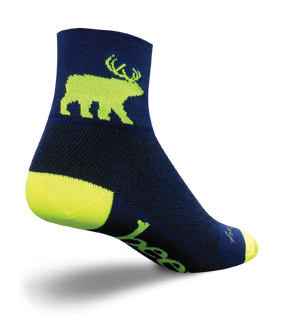 They are comfortable, and they have whimsical images on them that I find amusing – a troll, a reindeer, American flags, etc…
They are comfortable, and they have whimsical images on them that I find amusing – a troll, a reindeer, American flags, etc… - Rain gear. It will rain. It has rained at least once on every bike trip I’ve ever taken. If it rains just a little, then I just get wet. If it rains really, really hard, then I stop riding and wait it out. But of it rains just the right amount, a rain jacket is called for. I also have a pair of rain pants.
- Sometime is gets cold. So I have some warmer items. I’m bringing along a long sleeve top, and my rain gear can double as cool weather gear. I have clothing for cooler weather, but on this tour I don’t think I’ll meet anything cooler than about 60 degrees, so I’m not bringing it.
- Sandals. After riding all day, its good to take off the cycling shoes. So I Carry a pair of Teva Sandals. They are light weight and take up very little space.
- A Pair of slacks, Actually they are convertible cargo pants from REI. The legs zip off and they turn into shorts. They are acceptable in a moderately fancy restaurant, and I can sit around camp in the evening in them.
Eating
Basically, I plan to eat in restaurants and grocery stores along the way. But I may want to cook breakfast occasionally, and I like a cup of tea in the evenings, so I am packing a small backpacking stove, the MSR Micro-rocket. It runs on small, disposable, butane fuel canisters. Each canister lasts for 4-5 days, depending upon how much I use it. They are replaced easily at most sporting goods stores. With the stove I carry a small pan, a little pot, a knife, fork and spoon, a plate, and a cup. I have some olive oil with me and some salt and pepper.
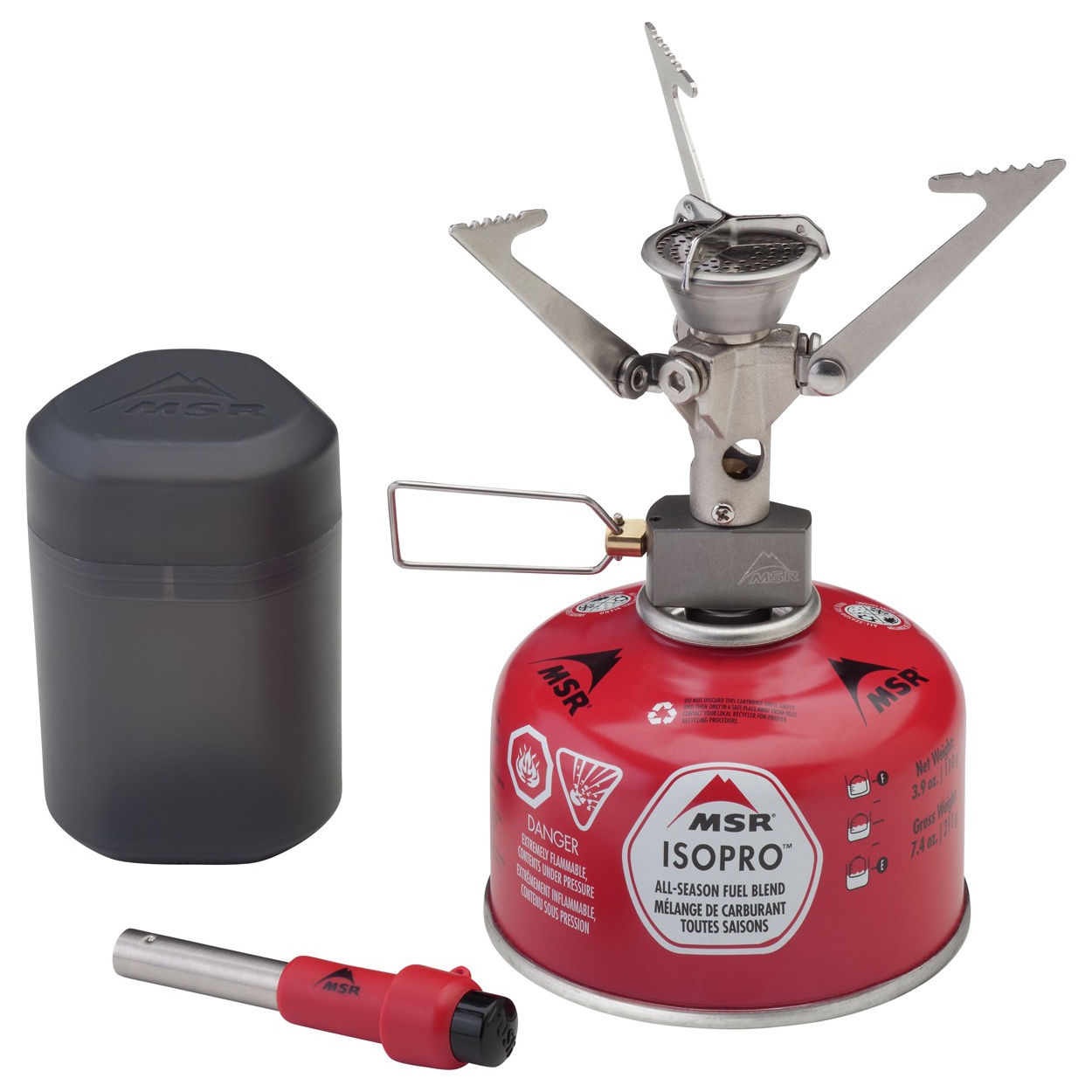
Sleeping
A tent, a sleeping bag and sleeping pad. Cycle tourists love to debate tents. Weight, size and geometry of tents are all hotly disputed when cycle tourists get together.
For this tour I have a brand new tent. The Hilleberg Nallo 2 GT is lighter than my old tent, but much larger. Not only is there more room inside, but it includes a big covered vestibule area that will keep my panniers dry at night. In the old tent, things got pretty crowded with my clydesdale self and both panniers inside the main tent. I’m really looking forward to spreading out in all the extra space on this tour.
I have also splurged on a new sleeping bag. A Western Mountaineering Ultralight. This bag weighs less than 2 pounds, packs down into a very small stuff sack, and should keep me warm down to about 20 degrees. I am a ‘warm’ sleeper – I’m hot even with the AC turned on when home in bed, so on this trip I may not need the bag for much.
There is also new sleeping pad. A Therm-a-rest NeoAir large size. Sleeping pads have evolved a lot since I bought my last one. This one is really light (19 oz, and about 1/4 the size of the pad I owned before. On the Pacific Coast Tour, I was really happy with this pad, so I didn’t feel the need to change it this time around.
Personal Items
I have a toilet kit with me – soap, shampoo, toothpaste, toothbrush, hairbrush, razor, shaving cream, toilet paper. A small chamois towel and a wash cloth. Also insect repellent, sun screen, chap-stick, and a very small emergency first aid kit.
Electronics: Gadgets, gizmo’s and whizzbangs
Anyone reading this who knows me at all, knows that I am a geek. My cycling friends know that I am a bike geek, and most of the rest of my friends know that I am a technology geek. Obviously, I can’t leave all that fun geek stuff at home when I go off on tour!The bike stuff is easy – it just naturally comes along when I go for a ride. The technology is a little harder, but I believe I have found ways to make it all work.
I’ve overdone it a little with the electronic gadgets on earlier tours. Keeping everything changed up and working became too much work, so this time around I’m toning it down a bit. But there is still plenty to talk about.
I need to stay in contact with folks while I am away. So first up I will be carrying my cell phone. I have the latest and greatest smart phone, a Samsung Galaxy S5. Phone calls, text messaging, e-mail, maps, voice command, photos (lots of the photos on this journal in fact), it does it all! And it does it all with a reasonable battery life.
I also have a laptop computer with me, a Toshiba Portégé Ultrabook. This is a perfect laptop for a cycling trip! It’s very light (only 2.4 pounds), it has a solid state disk, and a long battery life (9 hours). It’s also reasonably small – it will easily fit into the main compartment of the panniers. At one point I was considering taking my iPad. But in reality, the iPad weighs almost as much as the laptop, has a substantially shorter battery life, and it not capable of doing some of what I need. I want to keep up this journal while on the road, and the iPad just isn’t very good at that kind of task.
When the hills get steep, or I get really tired, I will occasionally listen to music while I ride. I also like music at night or in the morning while I read. A small iPod touch is coming along with me, loaded with a few hours of my favorite music. Choosing just a few hours from the giant music collection on my home library was a challenge, and I am still tinkering with the choices….
I have already mentioned some of the gadgets that are part of the bike. The Garmin Edge 705 GPS/Cycling Computer and the Dinotte 400 lights.
Finally, there is a good, old-fashioned flashlight. I need to see at night to find the latrine!
All of these things are great, and I expect them to make my life a little more manageable while on the road. But I can hear you all asking the obvious question: “Hey, all that stuff uses batteries doesn’t it? How will you keep it all charged up?”
I have several plans for this. First, most of the devices are charged via a USB port. The laptop has 3 USB ports, so I can charge most things from the laptop at night. I’m also bringing along an 8000h extended battery with multiple USB ports. But how to charge the laptop and the external battery? Also, the lights I use for safety on my trike are battery-powered and they must be charged. Well, I’m just going to need to stop every couple of days for long enough to plug it in and charge it all up! I expect to stay in hotels/motels occasionally – maybe 1 or 2 nights. AC power is available in many campgrounds. So I’ll able to recharge fairly regularly.
I’ve summarized all the stuff I’m taking along on this tour in an equipment list.
Thanks for listening
 Well – that’s the end of our four part series on the equipment I use for cycle touring. If you have read this far, then I want to thank you for sticking with it. I hope you will continue to come back to The Recumbent Gourmet for updates on our adventures with the recumbent trikes. Please consider registering for the site so that you can leave comments on the posts, and take part in the discussions that emerge as we debate various aspects of recumbent touring. Also, if you register, you will be the first to learn about new content as we published it..
Well – that’s the end of our four part series on the equipment I use for cycle touring. If you have read this far, then I want to thank you for sticking with it. I hope you will continue to come back to The Recumbent Gourmet for updates on our adventures with the recumbent trikes. Please consider registering for the site so that you can leave comments on the posts, and take part in the discussions that emerge as we debate various aspects of recumbent touring. Also, if you register, you will be the first to learn about new content as we published it..

